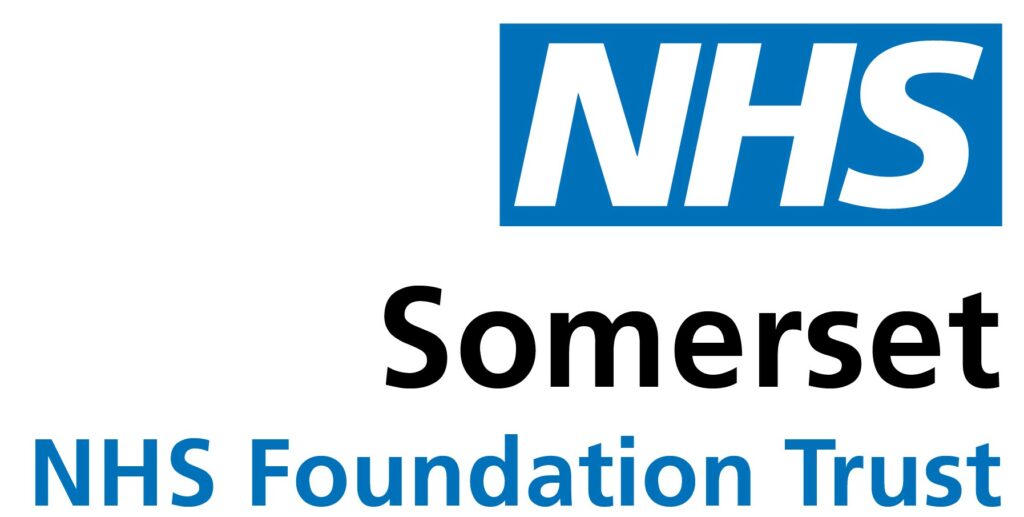Tree Panels
The three Tree Panels, one in each Jubilee ward reception area, are a celebration of the iconic “Eisenhower” tree which stood on the site since the hospital’s earliest days witnessing so many changes over its 65 year life. The tree, (a Mediterranean Pine or Pinus Negra) planted in the 1940’s was a symbol of protection, hope, aspiration and wisdom, planted by the American service men, if not President Eisenhower himself. The tree looked over the whole site and provided a link to the surrounding landscape of ancient fields, hills and skies.
The removal of the famous “Eisenhower” tree, although crucial to the capital project to develop the new Jubilee building, was seen by some as a sad loss. The tree was therefore carefully dismantled in sections representative of its roots (earth), trunk (hills) and branches (skies). These sections have been used to create a panel for each of the building’s floors. The concept seeks to express the presence of the former tree as a memory moving from earth to sky as people move upwards through the building. The panels include interpretative graphic based artwork, designed by the artist, Christopher Tipping that uses material from the Archive as a resource to link the tree to the history of Musgrove Park Hospital.
Funding for the project was received from the Heritage Lottery Fund.
Text found within the Tree Panels
A Royal Visit by H.M. Queen Elizabeth the Queen Mother on Thursday, 19th November 1959, was a great occasion for Taunton. The town was gaily decorated, church bells pealed, and, despite the dismal weather forecast, the spirit of the people was at its brightest. Following the reception at the Station, H.M. Queen Elizabeth left for the Musgrove Park Branch of the Taunton and Somerset Hospital, where on arrival, she was presented with a posy of orchids, pink rosebuds and lilies of the valley.
The 67th General Hospital adopted a banner, which bore images of a Pine tree and a cactus plant to symbolize the Maine contingent of doctors and nurses joined with the enlisted men who were mostly from Texas and Oklahoma. We used to have Sunflower competitions at the back of X-ray.
Seeds would be planted and ingenious methods of support would be rigged, much to the amusement of both staff and patients.
From the beginning of my time here we had the National Uniform, classic navy blue for the Sisters and light blue for the Staff Nurses and of course you had your belt, which kept many a waistline under control. We were quick to abandon the paper hats, although the sisters were more reluctant to lose their frilly hats and sleeves. Everyone knew who you were because of the uniform you wore.
The texts above are extracts gathered as part of the Sensing Our Past project, funded by the Heritage Lottery Fund.
For further information contact Art for Life 01823 342488

